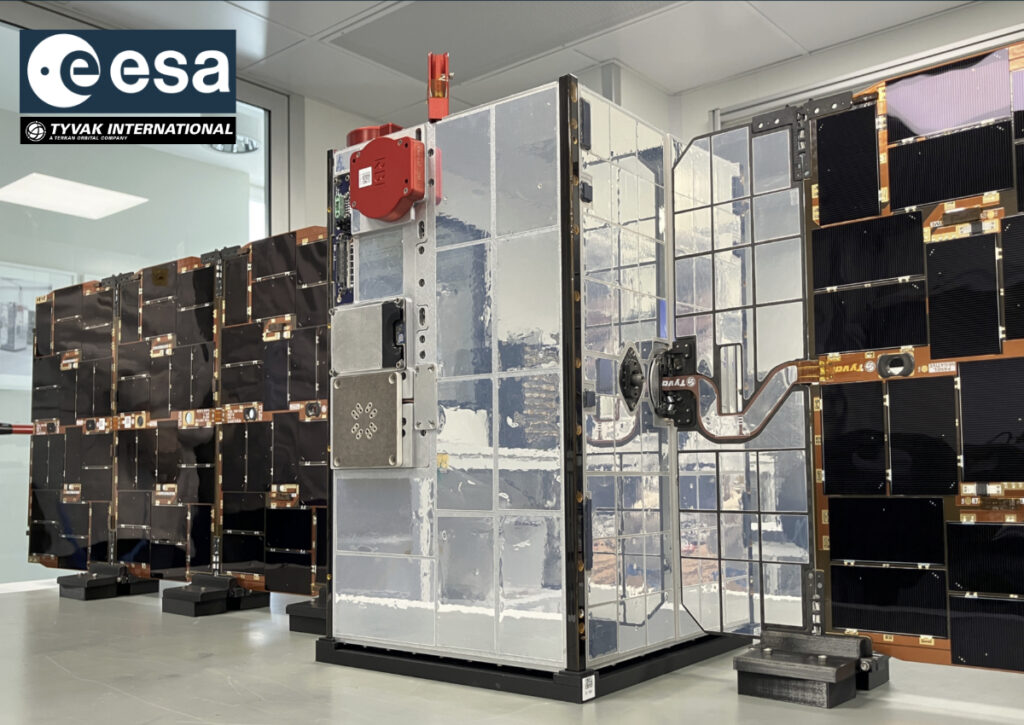
A small satellite designed to deliver direct 5G-broadband access from space to a compact ground device, supported by the European Space Agency (ESA), has made it into orbit after its launch.
The planned demonstration link is an early step in exploring space-enabled fast connectivity for inaccessible regions—highlighting future possibilities such as connecting rural schools and providing remote healthcare access.
The microwave-sized LIDE satellite, built by Tyvak International,—which was launched on July 23rd on board a SpaceX Falcon 9 rocket—will conduct the first-ever live demo of direct 5G broadband access from a nanosatellite to small ground devices. These include VSATs, similar to the kind used in civil protection operations or search and rescue missions, eliminating the need for large satellite dishes or complex setups.
While space-to-Earth communications have been tested before, this is the first time a trial will involve small satellites paired with compact, widely usable terminals. That difference gives researchers valuable insights into how future satellite internet could reach everyday users using practical, lightweight equipment.
Developed under ESA’s program of Advanced Research in Telecommunication Systems (ARTES) Space for 5G/6G & Sustainable Connectivity program line and led by Italian nanosatellite company Tyvak International, the mission marks a milestone in satellite telecommunications.

The LIDE satellite uses K-/Ka-band transponders that support fast data rates and more stable connectivity, even in challenging environments. By simulating actual user conditions on Earth, the project aims to verify the feasibility of connecting everyday devices to satellites using 5G architecture.
The 12U nanosatellite will run performance tests designed to demonstrate how fast the data can travel (throughput), how quickly the satellite responds (latency) and the clarity of the signal (signal-to-noise ratio). The one-year mission represents ESA’s first attempt to bridge traditional satellite communications with mobile 5G standards.
Antonio Franchi, Head of ESA’s Space for 5G/6G & Sustainable Connectivity program, said, “Unlocking orbital 5G connectivity will be a crucial achievement for all of Europe, and I am excited to see how much progress we are making in this direction. With the lessons learned from the LIDE mission, ESA Connectivity and Secure Communications helps the private space sector seize the opportunity to become global leaders in orbital 5G.”
Fabio Nichele, CEO of Tyvak International, said, “We are very pleased to be prime and active part of such an important project that can represent a point of reference for the development of satellite telecommunications infrastructures in our country and across Europe.”
Alberto Ginesi, Head of the Telecom System Section at ESA ESTEC, said, “Through this experimental mission, ESA reaffirms its commitment to support its member-states industry to be at the forefront of key space technology innovations – which are set to improve the performance and efficiency of future satellite telecommunication systems.”
